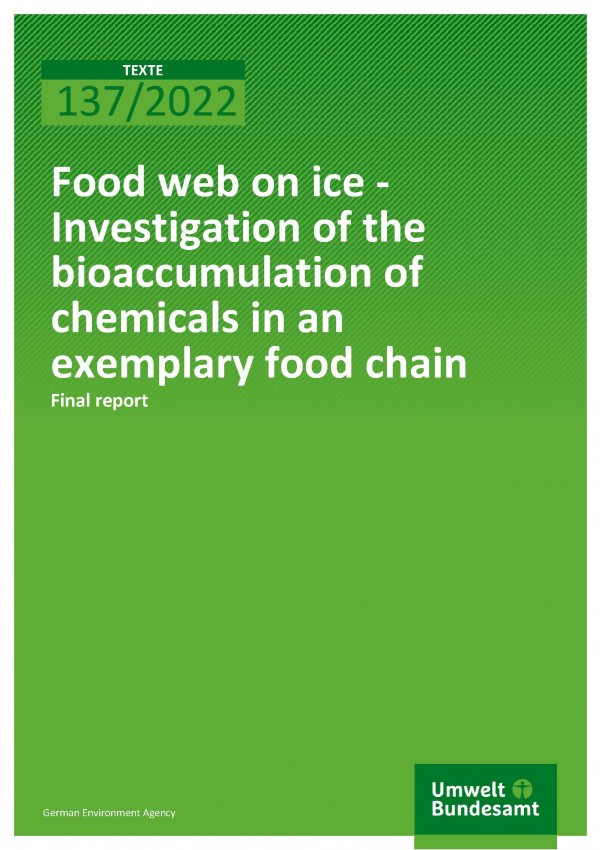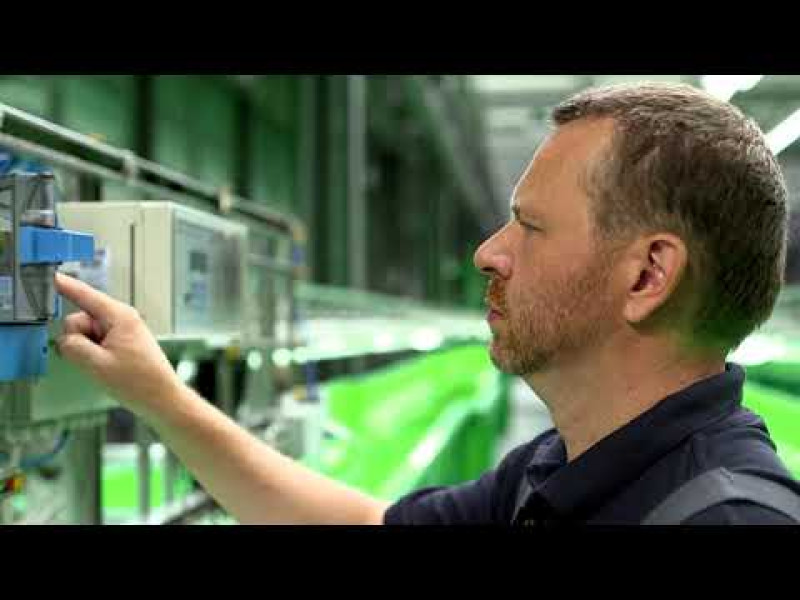Trophic magnification factors (TMFs) have been derived in a variety of different aquatic eco-systems worldwide to investigate accumulation patterns of environmentally relevant chemicals. Not only is the TMF interesting for chemicals’ risk assessment related questions, but also for monitoring aspects under the European Water Framework Directive (WFD). This study is the first TMF study con-ducted in a German freshwater ecosystem, that is, Lake Templin near Potsdam. Aim of the study was to investigate the food web magnification following existing guidance to derive reliable TMFs that could be used for regulatory purposes. A sampling campaign yielded 15 biota samples covering about three trophic levels, which have been processed and cryo-preserved following standardized protocols of the German Environmental Specimen Bank (ESB). The samples remain available for future analysis and, thus, form a “food web on ice”. These large-scale food web samples are ready-to-use for a broad variety of analyses. In a first step, a plausibility check was performed. Different persistent organic pollutants (POPs), which are known to magnify in food webs and are not readily metabolized, serve as benchmarks. It could be shown that for nearly all of the POPs analyzed, the TMFs are significantly above 1. In a few cases, an enrichment is also seen, but not statistically relevant. Since not only POPs with lipophilic accumulation properties were analyzed, it could be concluded that the food web on ice samples from Lake Templin can be used to characterize the trophic magnification potential of further substances with less investigated bioaccumulation properties present in the samples. To this end, several PFAS, pharmaceuticals, pesticides and methyl siloxanes were investigated in the samples to derive their TMFs.
Reihe
Texte | 137/2022
Seitenzahl
78
Erscheinungsjahr
Autor(en)
Verena Kosfeld, Christian Schlechtriem, Heinz Rüdel
Sprache
Englisch
Forschungskennzahl
3717 65 416 0
Verlag
German Environment Agency
Zusatzinfo
PDF ist barrierefrei
Dateigröße
1626 KB
Preis
0,00 €
Druckversion
nicht lieferbar
Als hilfreich bewertet
31





